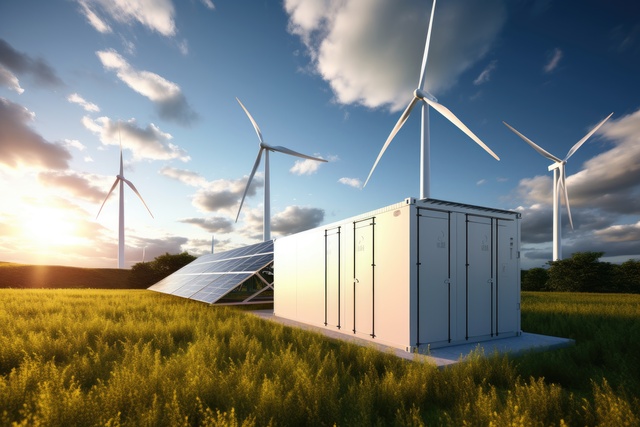India’s renewable energy sector is undergoing a major transformation, with a strong focus on hybrid storage technologies to enhance grid stability and meet the nation’s ambitious climate goals. By integrating battery storage with solar and wind power, India is addressing the challenge of intermittency and paving the way for a more reliable and sustainable energy future.
Mandatory Storage in New Solar Projects
In a significant policy move, the ministry of power has mandated that all new solar projects must include co-located energy storage systems capable of storing energy for at least two hours—equivalent to 10% of the installed capacity. This directive aims to ensure a steady power supply during non-generating hours, making renewable energy more consistent and dependable.
Private Sector Driving Momentum
India’s private sector is actively investing in renewable-plus-storage infrastructure. Hindustan Power has announced a ₹620 crore investment in Assam to set up a 100 MW solar power plant paired with a 100 MW battery energy storage system.
In Chhattisgarh, Tata Power Solar Systems has commissioned the country’s largest integrated solar and battery energy storage project. The installation includes a 100 MW solar plant and a 120 MWh utility-scale battery storage system, showcasing how renewable energy and storage can combine to deliver round-the-clock power.
Government Backing
On the policy front, the Indian government is reinforcing its support for large-scale energy storage. A recent approval of ₹3,760 crore in central assistance will support grid-scale battery storage projects. The funding will cover up to 40% of capital costs for 4,000 MWh of capacity by 2030-31. This initiative aims to make stored renewable energy a cost-effective solution for meeting peak power demand.
Paving the Way for a Sustainable Energy Future
These developments underscore India’s deepening commitment to building a resilient, low-carbon energy system. As reported by knnindia.co.in, India is adopting hybrid storage systems and next-generation technologies. This positions the country as a global leader in clean energy innovation. It sets the pace for a sustainable energy revolution.

































